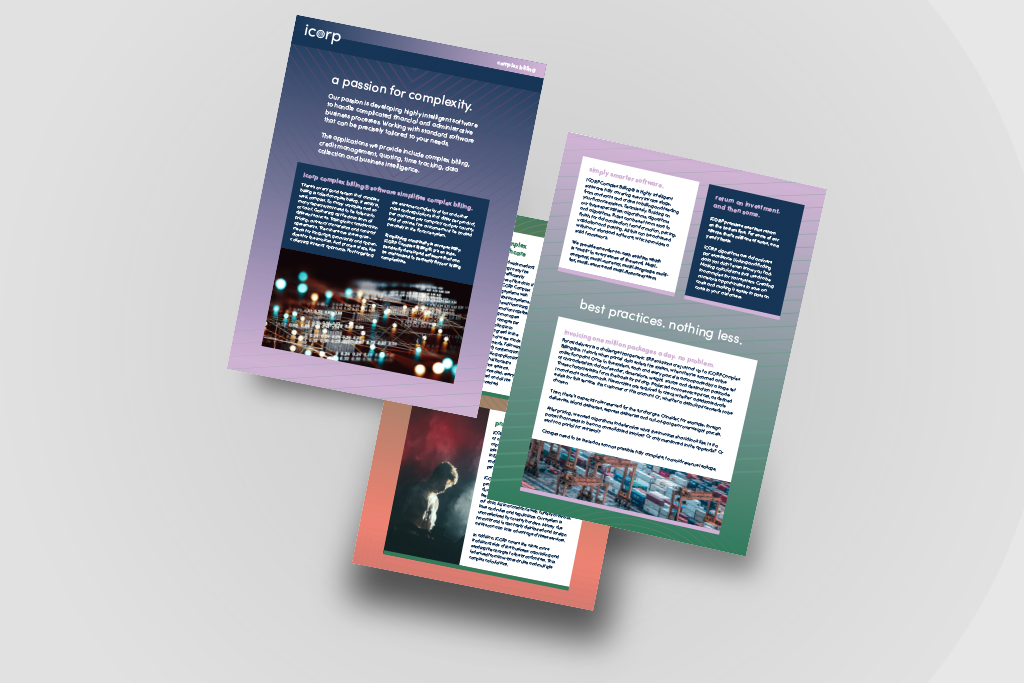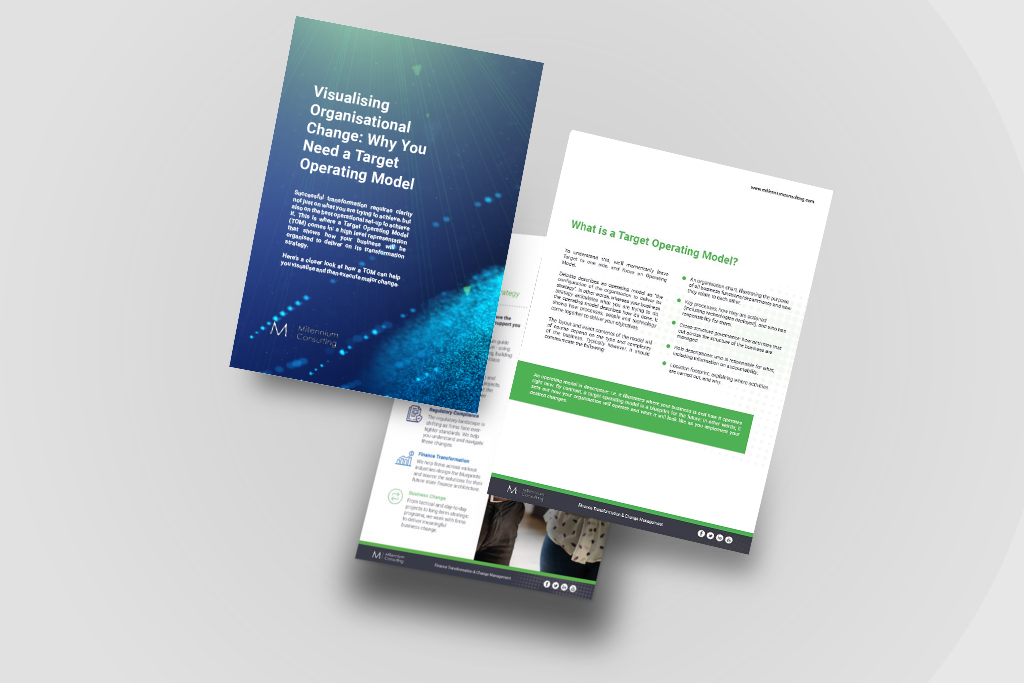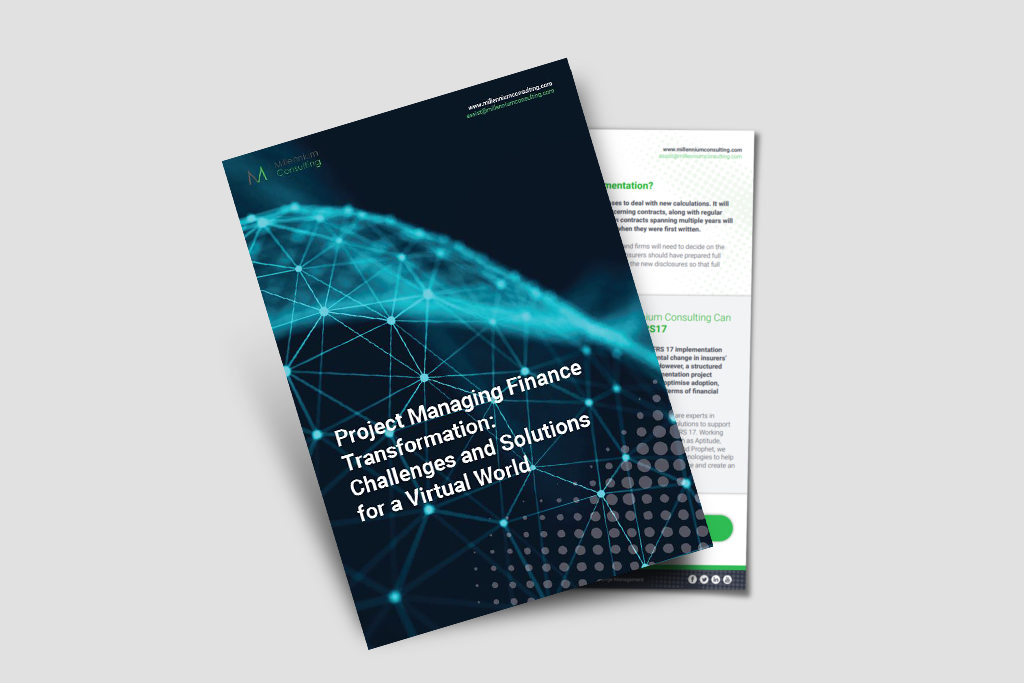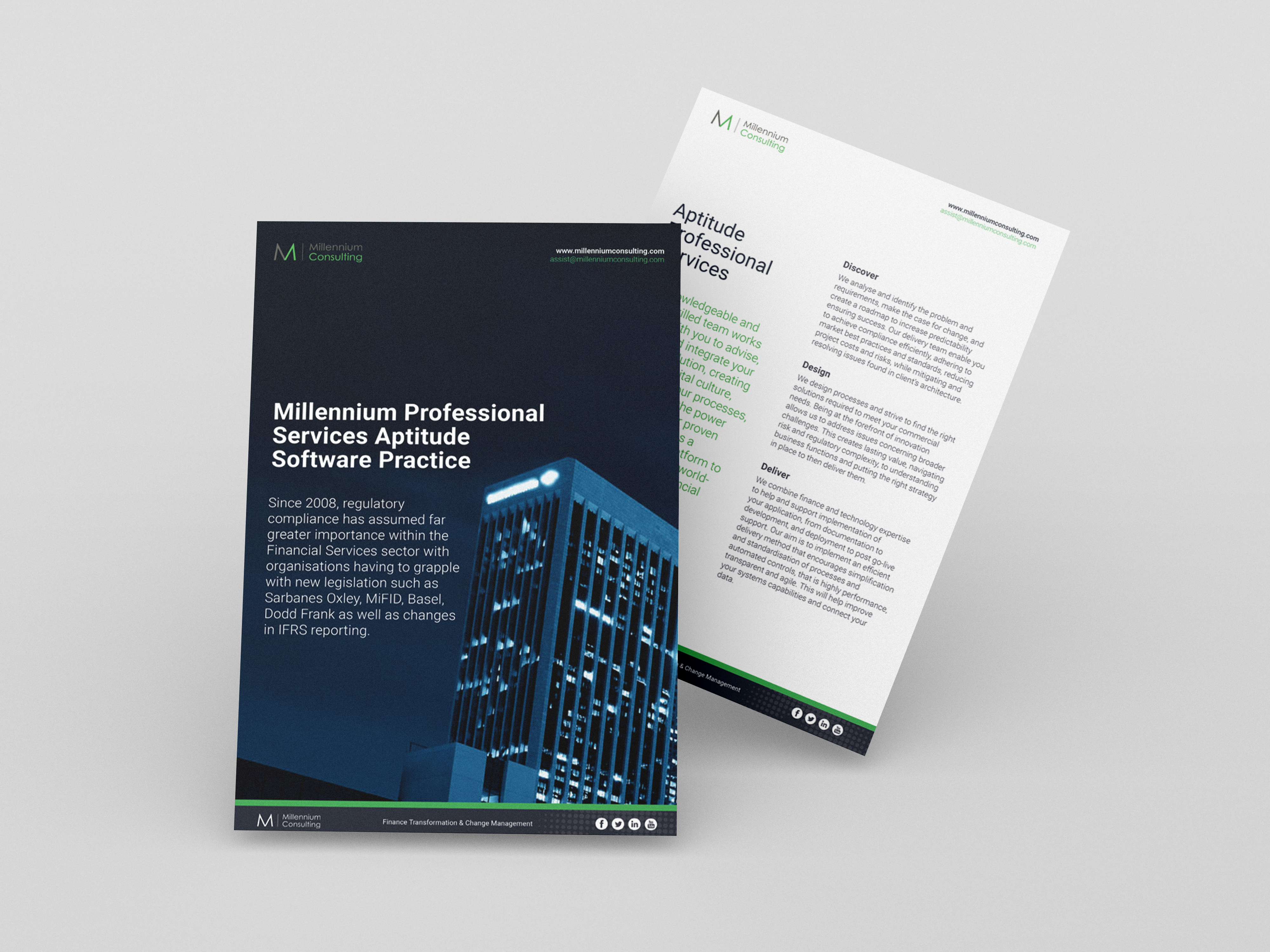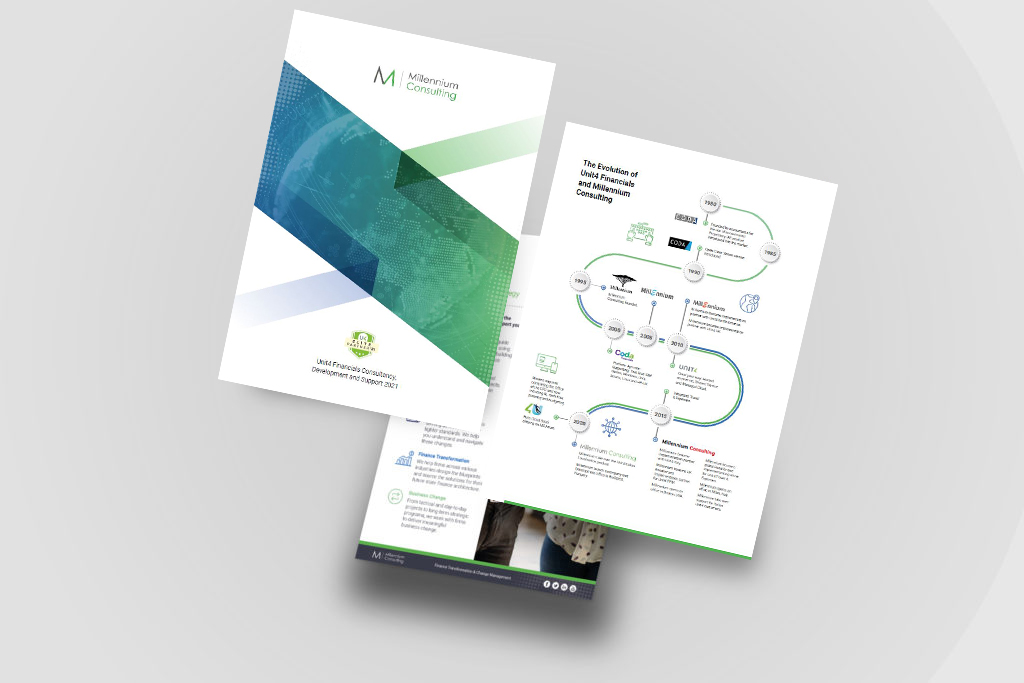Millennium Consulting and Hennessy IT Consulting announce Strategic Alliance
Millennium Consulting and Hennessy IT Consulting announce Strategic Alliance
June 9th, 2021

Unit4 Financials Elite Partner Millennium Consulting and Unit4 ERP Premier Partner Hennessy IT Consulting have today announced a strategic alliance to deliver Unit4 ERP and FP&A software and services.
Founded in 1995, Millennium Consulting is a Unit4 Financials software and services company with offices in the UK, Italy and the United States whilst Hennessy IT Consulting has offices in Scotland and Ireland delivering Unit4 ERP software consultancy and was established in 2010.
Millennium Consulting CEO, Philip Keet states that “The Millennium and Hennessy alliance will combine the strength of our companies, allowing us to be a focused delivery implementor, combining the Millennium’s expertise and customer centric capabilities currently provided for Unit4 Financials to drive excellence in Unit4 ERP software and services delivery“.
The alliance will subsequently be formalised in a Joint-Venture company which will enable each party to contribute fully to enabling customers to successfully deploy software from the Unit4 product suite.
Millennium Consulting and Diesis Sign Partnership Agreement
Millennium Consulting and Diesis Sign Partnership Agreement
June 9th, 2021
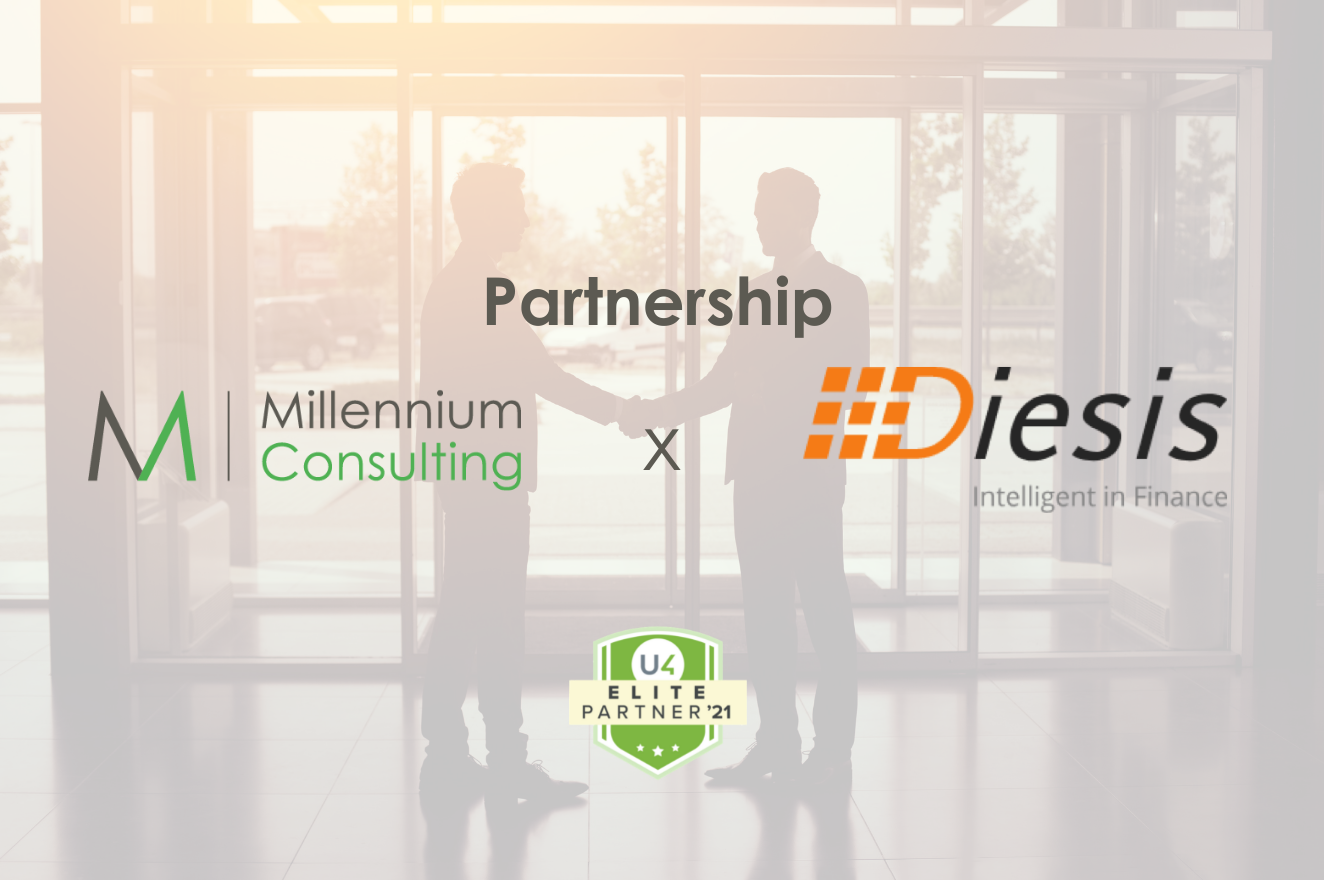
Joining forces and sharing expertise, that is what the partnership between Millennium Consulting and the Dutch consultancy Diesis is all about.
Separately both companies have more than 25 years of experience with Unit4 Financials. The companies already meet regularly in the field and share experiences and knowledge around Unit4 Financials. With this agreement, the co-operation between the only two Global Unit4 Financials Elite partners is confirmed.
Jeremy Lucas, Chief Operating Officer of Millennium Consulting said: “I am delighted about the partnership agreement with Diesis. We are looking forward to working together and using our extensive experience and combined knowledge to greatly enhance the support of Unit4 Financials clients globally.”
Tino Wendriks, Managing Director at Diesis added: “We have known Millennium for a long time since we both have been operating on the Unit4 Financials (Coda) market for more than two decades. Just like Diesis, Millennium can also call upon many years of knowledge and experience, both functional and technical. Our co-operation will lead to a further strengthening of both our positions in the Unit4 Financials market. Whereby we can help each other in supporting our international clients!”
We look forward to a successful partnership and continuing and deepening our support of the Unit4 customer base.
ICORP Complex Billing
ICORP Complex Billing
Simplifying complexity is our speciality. ICORP Complex Billing®. It’s an independently developed software that can be customised to perfectly fit your billing complexities.
The applications ICORP provide include complex billing, credit management, quoting, time tracking, data collection and business intelligence.
Visualising Organisational Change: Why You Need a Target Operating Model
Visualising Organisational Change: Why You Need a Target Operating Model
Successful transformation requires clarity not just on what you are trying to achieve, but also on the best operational set-up to achieve it. This is where a Target Operating Model (TOM) comes in: a high level representation that shows how your business will be organised to deliver on its transformation strategy.
Here’s a closer look at how a TOM can help you visualise and then execute major change.
Recording from IFRS17 Online Discussion 22/04/21
The regulatory landscape is shifting as firms face ever-tighter standards. We help you understand and navigate these changes.
We have delivered more than 1,000 projects, leveraging teams of experts across business transformation, technology and stakeholder management. Change is a journey, and we have the knowledge and experience to support you at every stage.
Millennium Consulting continues expansion by moving to new UK head-quarters
Millennium Consulting continues expansion by moving to new UK head-quarters
March 24th, 2021
Next week on Monday 29th March, Millennium Consulting will be moving to new head-quarters in the former NatWest Bank building in Hythe, Kent, England. Since 2017 the building has been empty following the closure of the branch however an extensive refurbishment/modernisation program has taken place in recent months and the building is now ready for occupation.
“We are looking forward to moving to this beautiful Grade 2 listed building at the heart of the local Hythe community. Our Kent employees live in Hythe and the surrounding areas and we expect the new office will become a dynamic collaborative hub for the business. We are excited about the team and infrastructure we are putting in place as we prepare for the post-pandemic era.” Philip Keet, Millennium Consulting CEO.
In 2020, Millennium Consulting celebrated 25 years supporting clients with Finance Transformation and Regulatory Change programs. Having started out in 1995 as a specialist finance systems consultancy, the wider challenges of Y2K were soon recognised and attention switched to transitioning a diverse range of clients to new Y2K compliant software. Based initially in the City of London, the company relocated to Hythe in 2009.
Today Millennium Consulting is an international management consultancy that supports clients with the deployment of next generation financial and operational technology. The company works globally across multiple industry sectors and has teams located in Italy and the US.
In 2020 Millennium was awarded Elite Partner status by Dutch ERP software vendor Unit4. The Unit4 global partner program launched in June 2020 operates across three levels focusing upon capabilities, contributions and customer satisfaction and Elite status is the highest level within the partner program.
Project Managing Finance Transformation: Challenges and Solutions for a Virtual World
Project Managing Finance Transformation: Challenges and Solutions for a Virtual World
We are currently experiencing what appears to be a long-term shift towards virtual working. This means that many managers tasked with the delivery of major finance transformation projects may need to rethink their approach. In other words, if the virtual team has become a permanent fixture, what needs to change to ensure your management techniques, processes and tools remain fit for purpose?
Here’s a closer look at what has changed, at the challenges it raises, and at how to adapt your approach to ensure successful project delivery.
Millennium Professional Services Aptitude Software Practice
Millennium Professional Services Aptitude Software Practice
Since 2008, regulatory compliance has assumed far greater importance within the Financial Services sector with organisations having to grapple with new legislation such as Sarbanes Oxley, MiFID, Basel, Dodd Frank as well as changes in IFRS reporting.
In response, Millennium Consulting has been supporting clients with digital and finance transformation and enterprise architecture design.
Unit4 Financials Consultancy, Development and Support Brochure
Unit4 Financials Consultancy, Development and Support
Millennium Consulting are experts in business transformation, accounting, software development, regulatory compliance, and the impact of business and technology change.
For 27 years, Millennium have provided global solutions and services across the world’s most demanding industries, with customers in finance, retail, logistics, construction, and manufacturing.
New appointments
New appointments
February 24th, 2021
Millennium Consulting is delighted to announce the appointments of Sam Guilding, Jeremy Lucas, Adam Leach, Chris Peall, Lucy Keet and Sam Keet.
Sam Guilding has been appointed Head of Marketing with responsibility for on and offline. She joined Millennium with over 10 years experience working within PR and Social Media across multiple sectors.
Jeremy Lucas has been appointed Director of Professional Services & Consulting and has assumed overall responsibility for client program delivery. He is a senior financial market professional with over 20 year’s Banking and Management consulting experience.
Adam Leach has been appointed Principal Technical Consultant to play a key role in developing the Insurance market sector consulting operation with particular focus upon accounting rules engine technologies such as Aptitude to support IFRS17 regulatory compliance. He is an experienced Senior Developer and Data Analyst with a successful record working as a consultant within the Insurance, Banking and Telecom sectors.
Chris Peall has been appointed Project Manager with responsibility for managing cross- industry projects across multiple technology platforms. He joins bringing a successful record of project delivery focussing upon data science and supporting businesses modernise their data landscape.
Lucy Keet has been appointed Social Media Manager with responsibility for delivering the Millennium message across multiple social media platforms. Previously she worked as a Marketing Executive within the Retail sector.
Sam Keet has been appointed Client Services Executive within the marketing department to enhance client communications. Prior to joining Millennium, Sam worked within recruitment in the City of London.
We are excited about the team emerging at Millennium as we put the foundations in place to prepare for the coming post-pandemic era.

